Balancing productivity with sufficient downtime can feel like a challenge, but it’s essential for maintaining both efficiency and well-being. Finding methods that boost your output while allowing time to recharge is key to long-term success. In this article, we’ll explore practical ways to increase productivity without burning out.
Time Blocking

Time blocking helps you allocate specific periods for focused work and rest. By segmenting your day into blocks of time dedicated to tasks, meetings, and breaks, you avoid multitasking and burnout. It forces you to focus on one task at a time, making you more productive without overwhelming yourself. It’s also helpful to include downtime in your schedule to ensure a balanced workflow.
The Pomodoro Technique
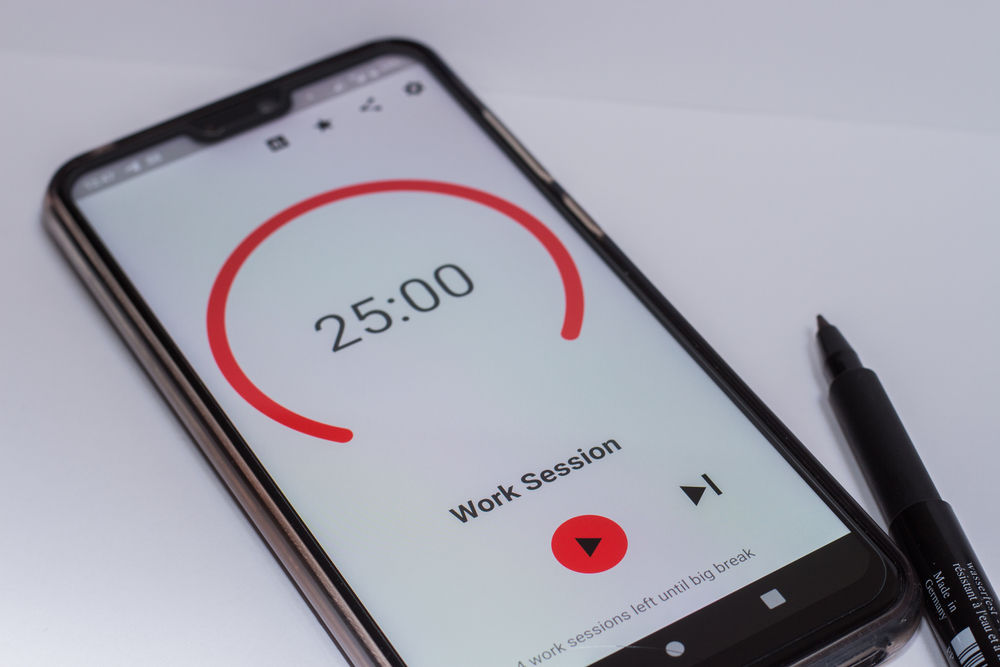
This method encourages working in short, focused intervals (typically 25 minutes) followed by a short break. After completing four intervals, you take a longer break. The structured breaks help prevent fatigue and maintain your energy levels throughout the day, allowing you to stay productive without overworking.
Set Boundaries Between Work and Leisure

Setting clear boundaries between work and downtime ensures you can recharge properly. Whether working from home or in an office, define when your workday starts and ends. This separation keeps your mind fresh and avoids the fatigue that comes from always being in “work mode.” By respecting your downtime, your productivity during work hours improves.
Prioritize Tasks Using the Eisenhower Matrix

The Eisenhower Matrix helps you decide which tasks to tackle first by categorizing them into four quadrants: urgent/important, not urgent/important, urgent/not important, and not urgent/not important. This method enables you to focus on tasks that truly matter, reducing the stress of juggling unnecessary work, which frees up time for relaxation.
Automate Repetitive Tasks

Automation tools like task management software, email filters, or data entry programs can handle time-consuming repetitive tasks. By automating low-priority or repetitive actions, you free up mental energy for more critical activities, enhancing productivity and giving you more time for breaks or personal activities.
Delegate Tasks
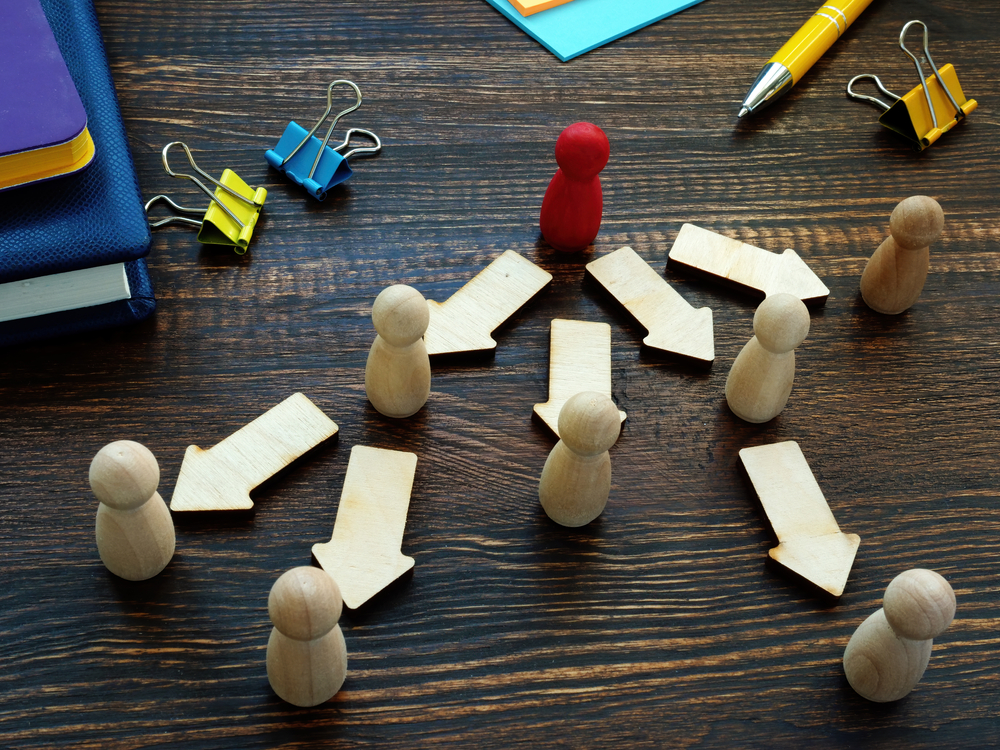
Learning to delegate tasks ensures that you aren’t overwhelmed with work. Assigning tasks that others can handle to capable teammates lets you focus on high-priority items. This lightens your workload and provides more opportunities for downtime, all while maintaining the same productivity levels.
Utilize Technology Wisely
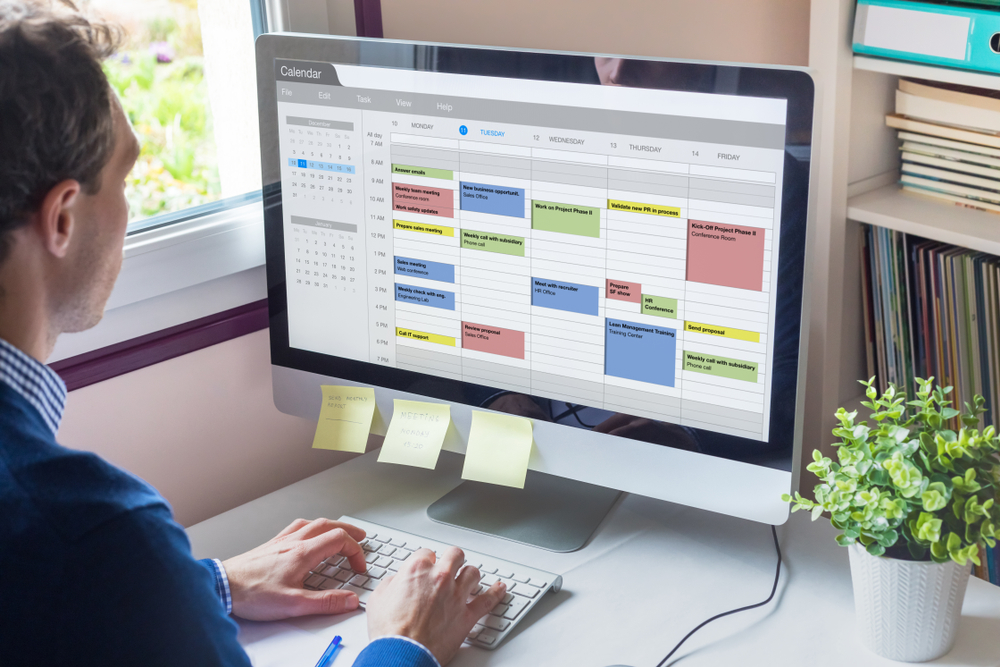
Many apps and tools are designed to help you streamline workflows and boost productivity. From project management apps like Asana and Trello to communication tools like Slack, using technology efficiently reduces the time spent on organizing tasks. These tools let you manage your workday smoothly while creating pockets of free time.
Take Regular Breaks
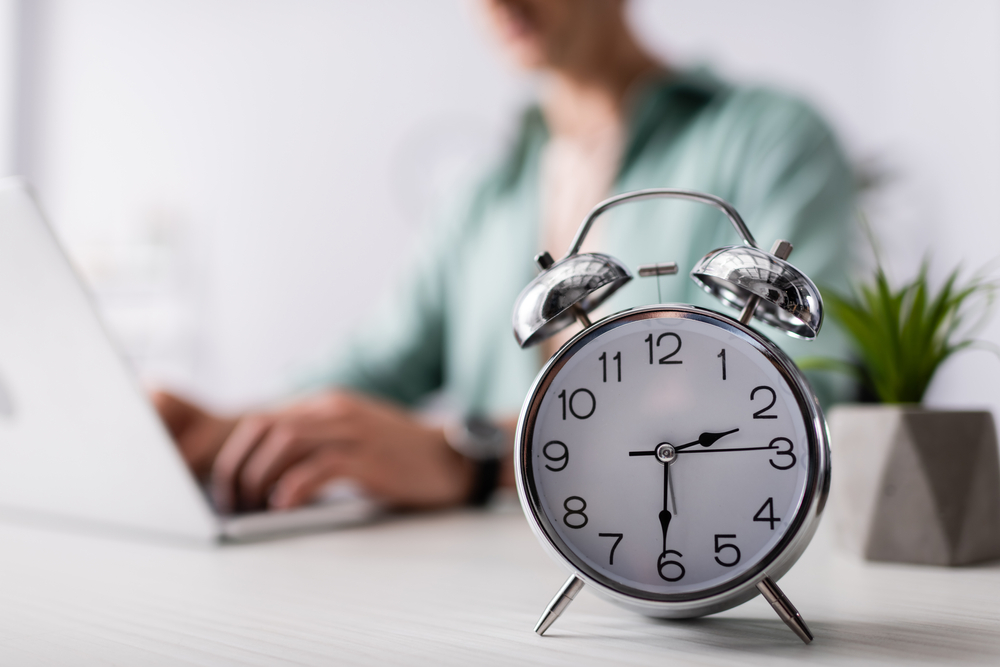
Scheduling regular, short breaks throughout the day keeps your mind fresh and focused. Whether it’s stepping away from your desk or taking a walk outside, breaks help prevent mental fatigue and improve concentration. Studies show that the brain performs better when it has time to rest periodically, ultimately enhancing productivity.
Limit Distractions
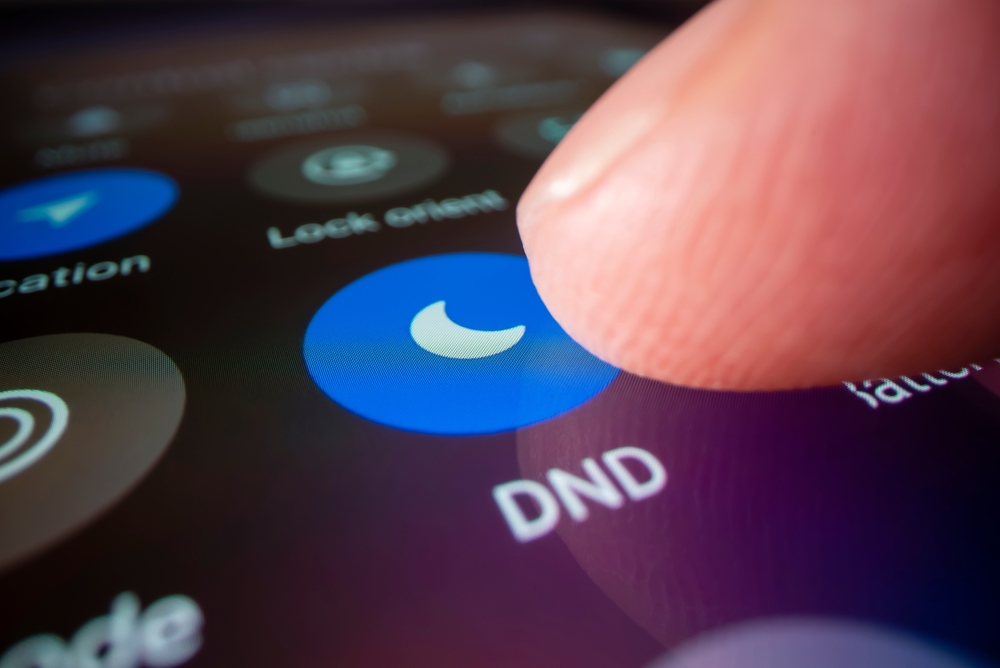
Eliminating distractions is crucial for maintaining productivity. Whether it’s turning off notifications, working in a quiet space, or using apps that block social media, reducing interruptions helps you focus better. By concentrating on one task at a time, you can complete it more quickly and efficiently, freeing up time for rest.
Create a Morning Routine

A structured morning routine sets the tone for a productive day. Start with small wins like making your bed, meditating, or having a healthy breakfast. These positive actions give you a sense of accomplishment early on, boosting your motivation and energy for the rest of the day, while also allowing moments of calm before work.
Set Achievable Daily Goals

Breaking your day into small, manageable goals makes your workload seem less daunting. Rather than aiming to finish large projects in one go, focus on completing specific tasks within a set timeframe. This not only keeps your productivity high but also provides a sense of accomplishment that allows you to unwind without stress.
Batch Similar Tasks Together

Task batching groups similar activities, such as answering emails or doing research, into one dedicated time block. This reduces the mental energy needed to switch between tasks and helps you complete work more efficiently. With fewer transitions, you create more space for downtime and better focus during work hours.
Practice Mindfulness

Mindfulness techniques like meditation or deep breathing exercises can increase focus and reduce stress. Practicing mindfulness at the beginning of your workday or during breaks helps you stay centered and productive. It encourages a calm state of mind, which translates into higher efficiency and better use of your downtime.
Optimize Your Workspace
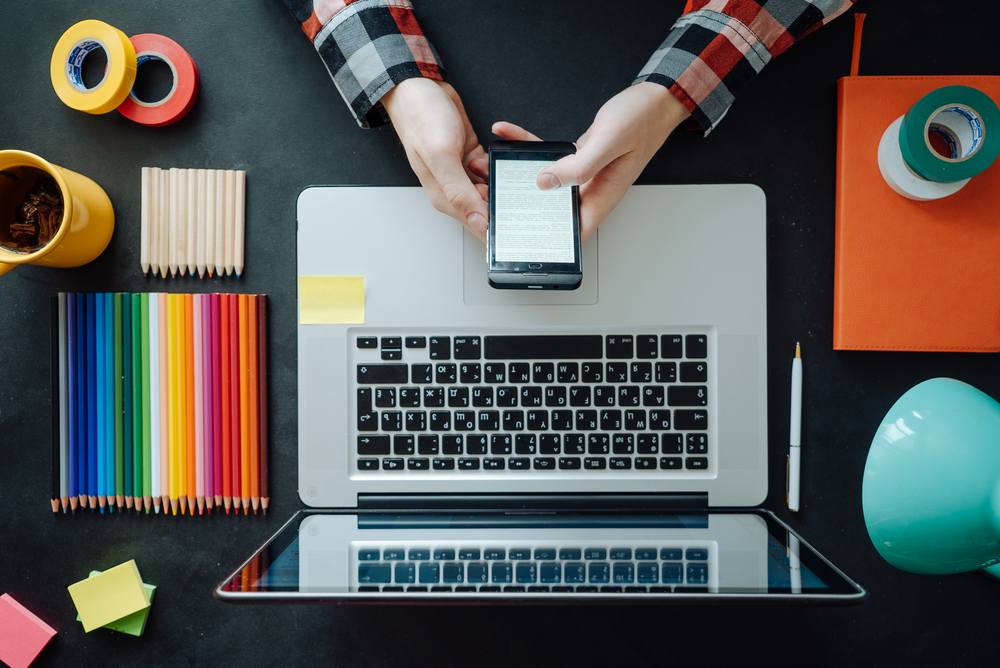
An organized and comfortable workspace directly impacts productivity. Keep your desk clutter-free and ensure ergonomic settings for your chair and monitor. A clean, organized environment helps you concentrate better and reduces the likelihood of feeling overwhelmed, allowing you to transition into relaxation when needed.
Learn to Say No

Taking on too much work often leads to burnout. By learning to say no to extra tasks that don’t align with your priorities, you prevent overcommitting yourself. This creates more time for high-value tasks and leisure, ensuring that you remain productive without sacrificing personal time.
Use Deadlines to Your Advantage
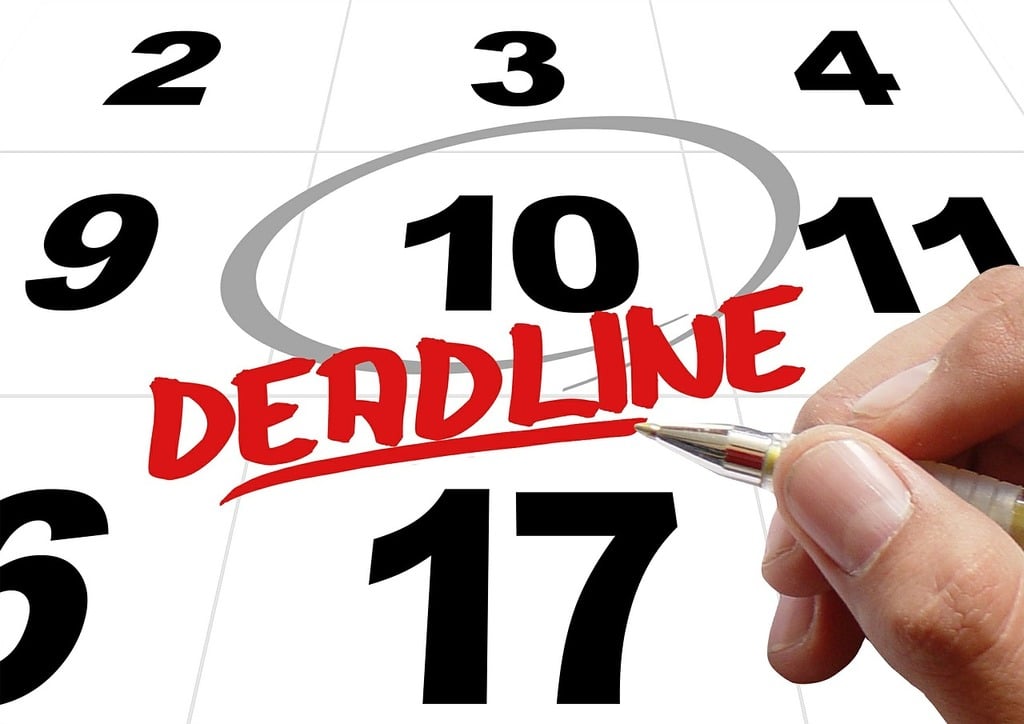
Self-imposed deadlines create a sense of urgency that can boost productivity. Setting deadlines for specific tasks helps you stay focused and avoid procrastination. The sense of accomplishment from meeting a deadline frees up your schedule for relaxation, making it easier to balance work and downtime.
Incorporate Physical Activity
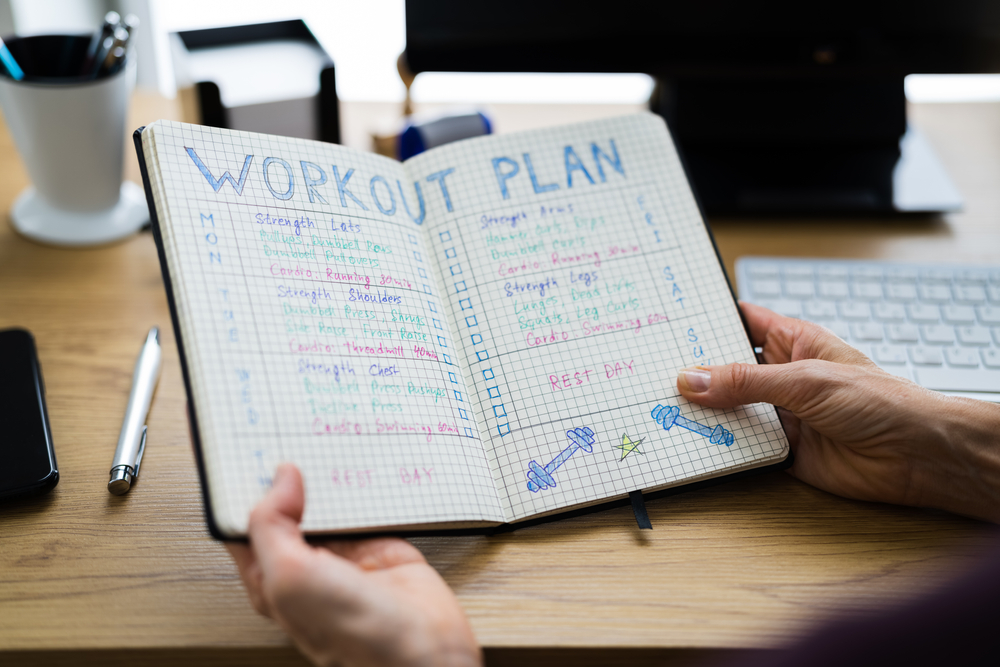
Exercise improves mental clarity and energy levels, making you more productive during work hours. Taking short walks, stretching, or practicing yoga during breaks can reduce stress and boost focus. Physical activity also encourages a healthy work-life balance, leaving you more time to enjoy your downtime.
Review and Reflect at the End of Each Day

Taking time at the end of your workday to review what you’ve accomplished and reflect on what could be improved helps you stay on top of your goals. This daily review process helps you refine your approach and plan better for the next day, enabling smoother workflows and more downtime.
Get Enough Sleep

Sleep is the foundation of productivity. A well-rested mind can focus better, make fewer mistakes, and work more efficiently. Prioritizing 7-9 hours of quality sleep each night ensures that you wake up refreshed and ready to take on the day’s tasks, without needing to overextend your work hours.
Set Long-Term Goals

Focusing on long-term goals rather than short-term tasks can boost your productivity. By keeping your eyes on the bigger picture, you avoid getting bogged down by day-to-day tasks that don’t contribute to your ultimate goals. This approach helps you prioritize work that matters and reserve more time for rest and recovery.
This article originally appeared on UnifyCosmos.
More from UnifyCosmos
15 Fascinating Details Behind the Design of the Eiffel Tower

Built for the 1889 World’s Fair in Paris, the tower has since become a symbol of French engineering and innovation. Discover these fascinating facts about the design of this architectural marvel. Read more!
20 Things Homeowners Hate Most About HOAs

From restrictive rules to unexpected fees, living under an HOA can present various challenges. Understanding the worst aspects of HOAs can help homeowners navigate and mitigate these issues more effectively. Here, we explore some of the common grievances associated with HOAs. Read more!
20 Effective Communication Strategies for Couples

But it’s not always easy to maintain. By implementing these effective communication strategies, couples can build trust, resolve conflicts, and deepen their connection. Read more!
Leave a Reply